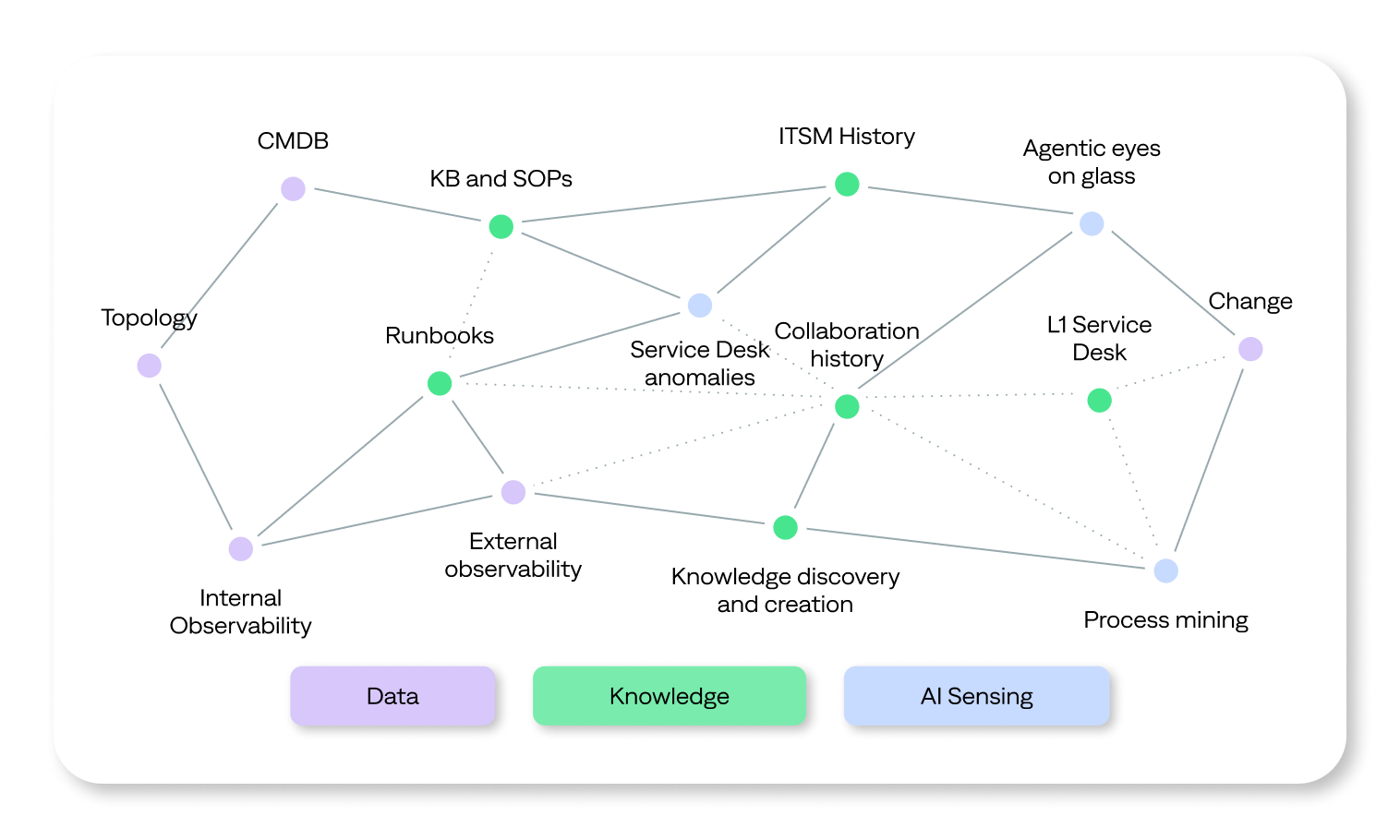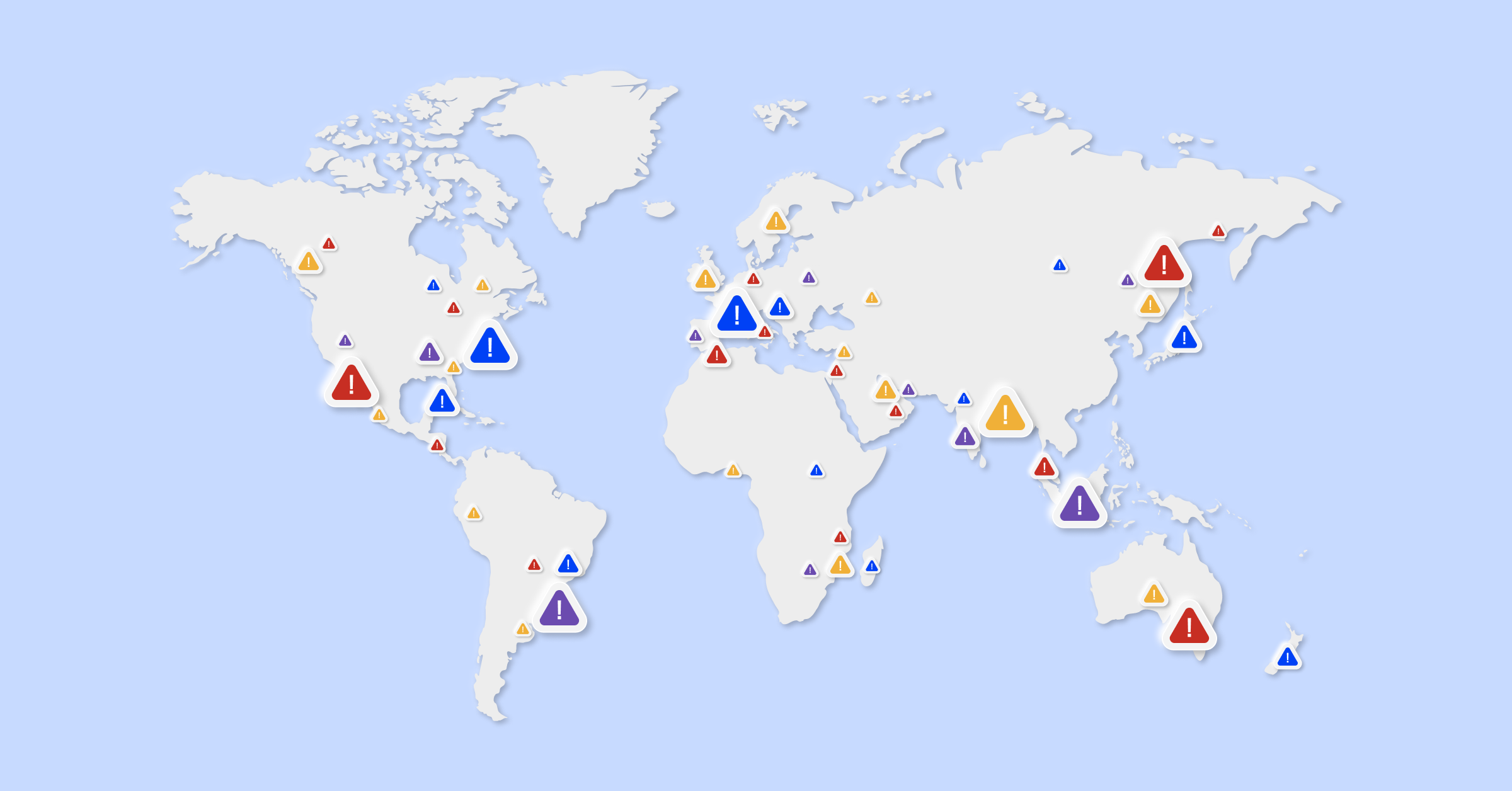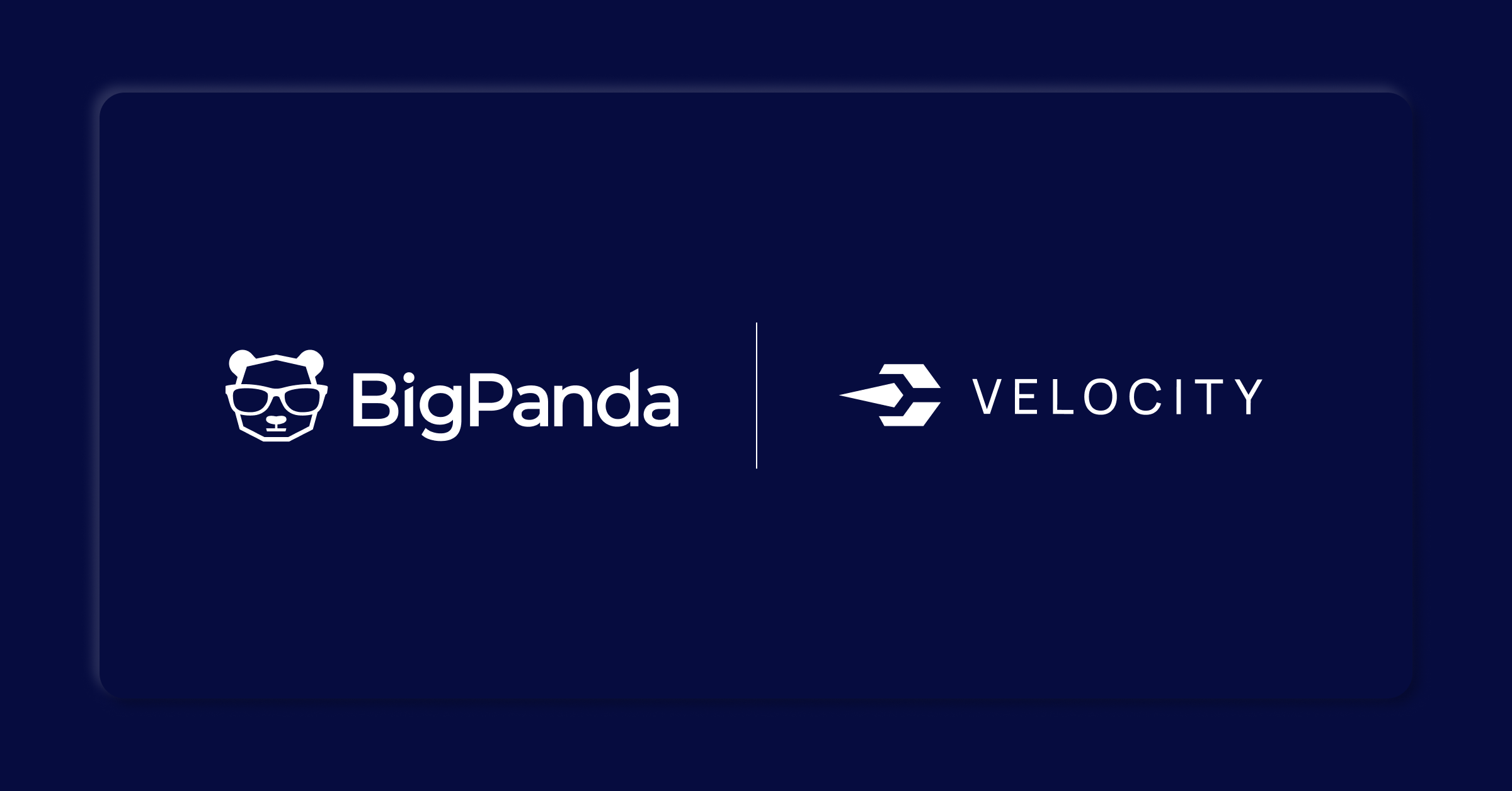What are agentic IT Operations?


The rise of hybrid cloud, CI/CD, agile methodologies, and microservices has dramatically accelerated innovation, but it has also brought corresponding increases in complexity, fragmentation, and chaos. Enterprise IT departments are struggling to keep up.
To stay ahead of these complex environments, enterprises have dramatically increased their spending on observability and IT Service Management (ITSM) tools. However, despite a 20% year-over-year increase in spending, incident detection remains poor. End-users, rather than system telemetry, still report 35% of all incidents.
Enterprises simply cannot continue to rely on human-driven workflows to manage these systems. A more agile, intelligent approach that leverages advances in AI and automation is needed to combat spiraling headcount, observability, and ITSM costs and ensure that IT remains scalable, effective, and sustainable. Agentic AI-powered IT operations offer a way forward.
What is agentic AI?
To understand agentic ITOps, we first need to understand agentic AI. Agentic AI refers to AI-powered systems that exhibit agency: the ability to act independently, make decisions, and take actions with minimal human intervention. These systems are:
Aware: They understand context, their environment, and the goals of the user.
Autonomous: They can break down tasks, make decisions, and act independently.
Adaptive: They learn and evolve from new data, experiences, and feedback.
Unlike simple automation based on structured data and rules-based systems, agentic AI harnesses and analyzes data at scale, with limited human interaction. It can ingest incomplete or messy inputs, reason through ambiguity, and take initiative—but it also knows when to escalate to humans. In an ITOps context, this means:
AI that correlates real-time signals from multiple sources to surface the likely root cause of incidents.
AI that recommends or executes resolution steps to accelerate incident response.
AI that learns from every incident to improve future responses and operational efficiency.
Why ITOps and ITSM are perfect candidates for agentic automation
Historically, ITOps relies heavily on manual, resource-intensive processes to function. Advances in agentic AI can transform ITOps and IT service management (ITSM) and bring orders of magnitude improvements in efficiency and capability.
“There are $200 billion worth of manual ITOps workflows ripe for intelligent automation,” said Assaf Resnick, CEO of BigPanda. “With agentic ITOps, we’re helping enterprises move beyond manual, slow incident management toward intelligent systems that free up talent and reduce operating costs.”IT operations and ITSM rely on high-volume, manual, and repetitive workflows, making them ideal candidates for agentic automation.
A recent EMA survey found that 43% of respondents identified prioritization and routing as the phase of incident management that most needs improvement, while 52% named team engagement and collaboration. Escalation bottlenecks and manual, reactive processes strain resources and hinder response. L1 operations frequently require escalations to L2 and L3 resources, overwhelming critical personnel. These factors drain budgets and strain resources that could otherwise be invested in strategic innovation, contributing to extended response times that make it difficult to meet SLAs.
BigPanda uses purpose-built agentic AI to help ITOps and incident management teams detect incidents faster, automate triage and diagnosis, and augment responder expertise to reduce resolution times. Our platform dramatically reduces the inefficiencies of manual IT operations, freeing teams from repetitive, low-value work so they can focus on strategic initiatives and innovation rather than reactive firefighting.
Alert ingestion, deduplication, and correlation. According to research from Enterprise Management Associates, alerts from mature AI programs are 75% to 100% actionable, which supports proactive incident response and reduces outage frequency.
Incident detection, triage, and routing. Overwhelming alert data, lack of context, and correlation hinder the ability to detect and triage issues effectively, contributing to increased downtime, escalated L2/L3 incidents, and missed SLAs.
Incident remediation. Surface actionable insights, including incident summaries, change risk scores, and root cause analysis, along with clear mitigiation steps.
What are agentic ITOps?
Agentic ITOps uses AI to transform manual, reactive ITOps processes into intelligent, autonomous systems that can proactively detect, diagnose, respond to, and prevent IT incidents with minimal human intervention.
These AI agents can do more than analyze data. They can automatically detect potential issues, rapidly diagnose them, assess impact, prioritize accordingly, trigger automated fixes or suggest next steps, and even predict and prevent IT incidents.
These systems can adapt to changing environments, learn from experience, and collaborate with humans to dramatically improve the efficiency and capabilities of enterprise ITOps. With intelligent, automated workflows, enterprises can accelerate mean time to resolution (MTTR), reduce operational costs, prevent escalations, and improve SLAs and uptime.
Agentic ITOps doesn’t remove humans from the loop. It spares your responders from needless, redundant toil so they can focus on what matters most. By taking advantage of advances in AI and previously untapped data sources, agentic ITOps can help enterprises:
Improve incident detection capabilities with real-time visibility into external dependencies, end-user issues, and real-world events such as power or internet outages and social media signals.
Automate L1 operations by autonomously detecting, triaging, and responding to incidents across complex and distributed environments and providing AI-driven insights and guided actions for responders.
Augment incident management teams with an AI assistant to automate workflows, accelerate resolution, and boost service reliability.
Automate IT change management with change analysis and risk mitigation. Provide clear guardrails to help teams predict and prevent change-related failures, reduce incidents, avoid escalations, and shift towards proactive reliability.
What types of data does agentic ITOps utilize?
Critically, agentic ITOps doesn’t require highly structured data inputs to function. Rather than relying on static, highly structured configuration management databases (CMDBs), agentic AI can transform messy, scattered data into adaptive intelligence.
“We’ve reached peak frustration with getting your ITOps or ITSM teams all the fragmented, siloed CIs into a CMDB,” said Jason Walker, Chief Innovation Officer at BigPanda. “Agentic AI can ingest and index all the valuable, unstructured data from your organization and convert it into data that can be leveraged to improve your operations.”
Agentic ITOps eliminates the need for structured data and rules, opening the floodgates to various unstructured data sources that can provide unprecedented understanding and visibility. This rich, tacit data holds the keys to transforming ITOps and ITSM. Enterprises can harness a broad, differentiated dataset that unlocks the vital information buried in chat histories, call transcripts, ITSM logs, and more to detect, respond to, and prevent incidents at machine speed.
How enterprises can prepare for agentic ITOps with an incremental approach to an AI-first data strategy
Getting your enterprise up and running with agentic ITOps requires a more agile and intelligent approach to data strategy. This approach requires moving beyond static databases and embracing AI-powered insights from diverse data sources. By shifting towards a dynamic, AI-first data strategy, enterprises can use previously siloed and fragmented data to power insights and automation.
By unifying these diverse data sources, agentic IT operations platforms like BigPanda can build a continuously evolving knowledge base that powers end-to-end operational visibility, predictive insights, and intelligent automation capabilities.
We call this real-time intelligence engine the BigPanda IT Knowledge Graph. Designed to enable an AI-first data strategy, the IT Knowledge Graph continuously ingests and connects data that lies buried in fragmented systems and silos across large enterprises. This data builds an intelligent model of your IT environment, allowing your enterprise to evolve from reactive IT operations to proactive, agentic AI-powered decisions.
You might be worried that implementing an AI-first data strategy will be too difficult, or that your enterprise isn’t ready to deploy agentic ITOps. You can get started right away with agentic ITOps using your existing data. In fact, one of the key capabilities that agentic AI offers enterprise IT is the ability to aggregate, analyze, and correlate data from previously diverse and unstructured data sources. There is no need to clean your data first; agentic AI can work with and handle messy, incomplete data, regardless of its state.
The data sources that feed agentic ITOps
Observability and monitoring tools provide real-time visibility into IT environments.
ITSM sources. Incident, service desk tickets, KBs, runbooks, and change management records offer insights into IT trends and recurring issues.
Data about historical incidents. Gather comprehensive insights from previous ITSM incidents to accelerate investigation, including classification, priority, duration, assignments, runbook, service impact, and closure codes of comparable incidents.
Collaboration and communication platforms. Unstructured data from chat platforms, emails, meeting transcripts, and documentation can reveal patterns in incident resolution and operational workflows.
To help you get started, BigPanda released our new e-book, Laying the data foundation for agentic ITOps: A strategic guide for enterprise IT leaders. This guide will help enterprise IT leaders prepare their organization for agentic ITOps and lay the groundwork for advanced features like AI Detection and Response, AI Incident Prevention, and AI Incident Assistant.
Get your copy today to learn how your organization can lay the data foundation for agentic AI-powered ITOps that improve mean time to resolution (MTTR), reduce L1 spend, prevent escalations, and improve SLAs and uptime.





